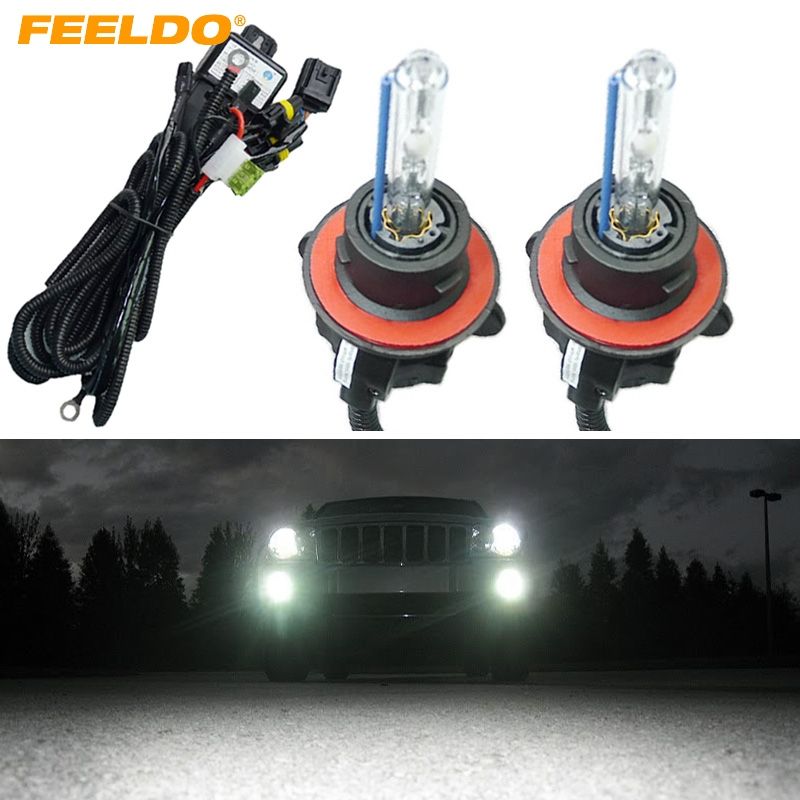Examine This Report on Kensun Hid Reviews
Table of ContentsKensun Hid Reviews for BeginnersSome Known Details About Kensun Hid Reviews 8 Simple Techniques For Kensun Hid Reviews
Surprise headlamps were presented in 1936, on the Cable 810/812. kensun hid reviews. They were mounted in the front fenders, which were smooth up until the lights were cranked outeach with its own little dash-mounted crankby the operator. They assisted aerodynamics when the headlamps were not in usage, and were among the Cord's signature design functions.Some surprise headlamp styles, such as those on the Saab Sonett III, used a lever-operated mechanical linkage to raise the headlamps into position. During the 1960s and 1970s lots of significant cars used this feature such as the Chevrolet Corvette (C3), Ferrari Berlinetta Boxer and Lamborghini Countach as they allowed low bonnet lines but raised the lights to the needed height, however since 2004 no contemporary volume-produced car models utilize covert headlamps, because they provide troubles in adhering to pedestrian-protection arrangements contributed to global automobile security policies regarding protuberances on automobile bodies to reduce injury to pedestrians struck by cars.
When the lamps are turned on, the covers are swung out of the way, generally down or up, for example on the 1992 Jaguar XJ220. The door mechanism may be activated by vacuum pots, as on some Ford lorries of the late 1960s through early 1980s such as the 19671970 Mercury Cougar, or by an electrical motor as on various Chrysler products of the middle 1960s through late 1970s such as the 19661967 Dodge Charger.
A headlamp system is needed to produce a low and a high beam, which might be produced by several pairs of single-beam lights or by a set of dual-beam lamps, or a mix of single-beam and dual-beam lights (kensun hid reviews). High beams cast most of their light straight ahead, optimizing seeing range but producing too much glare for safe usage when other automobiles are present on the roadway.
Low beams have more stringent control of upward light, and direct most of their light down and either rightward (in right-traffic countries) or leftward (in left-traffic nations), to offer forward exposure without extreme glare or backdazzle. Low beam (dipped beam, passing beam, meeting beam) headlamps supply a distribution of light created to offer forward and lateral illumination, with limitations on light directed towards the eyes of other roadway users to manage glare.

Getting The Kensun Hid Reviews To Work
As such, they are just appropriate for use when alone on the roadway, as the glare they produce will dazzle other chauffeurs. International ECE Laws allow higher-intensity high-beam headlamps than are enabled under North American policies. Headlamp sold in Sweden not long prior to changeover from delegated right-hand man traffic.
Many low-beam headlamps are specifically designed for use on only one side of the roadway. Headlamps for use in left-traffic nations have low-beam headlamps that "dip to the left"; the light is distributed with a downward/leftward bias to reveal the motorist the roadway and his comment is here signs ahead without blinding oncoming traffic.
Within Europe, when driving an automobile with right-traffic headlamps in a left-traffic nation or vice versa for a restricted time (as for example on holiday or in transit), it is a legal requirement to change the headlamps temporarily so that their wrong-side beam distribution does not charm approaching drivers. This may be achieved by techniques consisting of sticking opaque decals or prismatic lenses to a designated part of the lens.
Many tungsten (pre-halogen) European-code headlamps made in France by Cibi, Marchal, and Ducellier could be adjusted to produce either a left- or a right-traffic low beam by ways of a two-position bulb holder. Due to the fact that wrong-side-of-road headlamps blind oncoming chauffeurs and do not effectively light the driver's way, and blackout strips and adhesive prismatic lenses decrease the safety performance of the headlamps, some countries require all lorries signed up or utilized on a permanent click for source or semi-permanent basis within the country to be equipped with headlamps designed for the appropriate traffic-handedness.


The Greatest Guide To Kensun Hid Reviews
